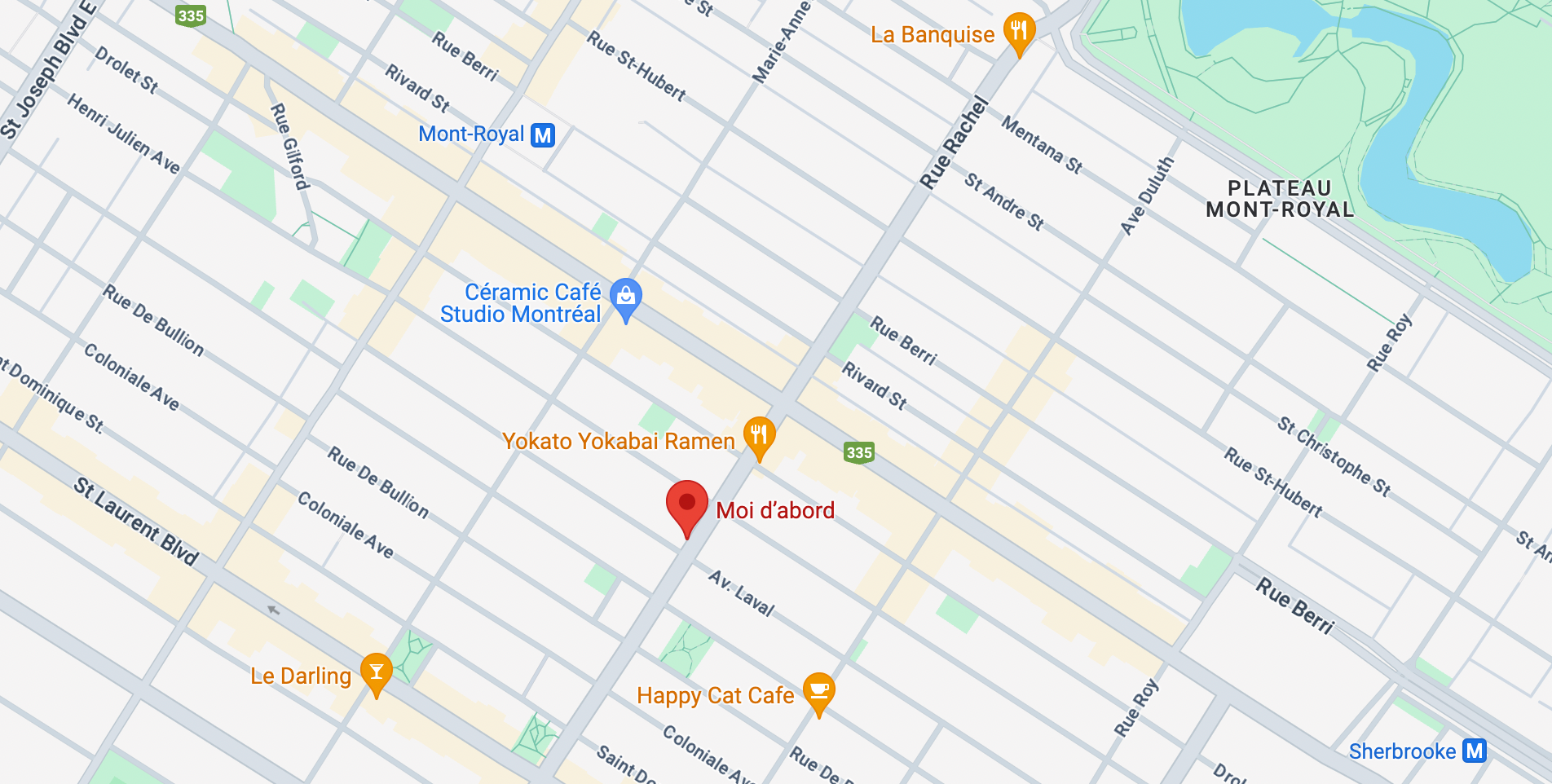The days are getting shorter, the leaves have fallen, but you're still motivated to get outside for a run? 1. HATS OFF! 2. It's time to answer the questions you probably have about running in winter .
1. Do I change my running technique?
Because the road surface may be wet, snowy, or icy, it's important to adjust your stride accordingly. Take smaller steps to increase your stability.
Adjust your volume (distance or duration) and the intensity (speed) of your training downward. You can, for example, decrease the speed of your intervals and their length.
Since it is about
more unstable surfaces, don't put too much pressure on yourself to maintain your
summer performances, remains realistic depending on the conditions! In very
cold, start with a longer and more gradual warm-up to allow your
body to prepare well for the effort.
2. How do I dress?
I'm giving you a sneak peek at my little tip that's never failed me since I started! It's always 10 degrees warmer when you run. So at the start, you should be slightly cold or shivering a little to make sure you don't get too hot in the following minutes. The body takes 10 to 15 minutes to warm up, you just have to give it time!
The advice to dress like a jacket is still effective. Wear moisture-wicking clothing, so avoid cotton sweaters that will stay wet during exercise.
My favorite ♥
Pants that have windproof fabric on the thighs and stretch fabric on the back of the leg for ease of movement.
3. What about my shoes?
To adapt to different types of surfaces, I advise you to equip yourself and sometimes spend a little more to feel comfortable running during your outings.
Depending on the conditions, a trail running shoe might work just fine. These shoes have small lugs built into the sole that help reduce the risk of slipping.
When snow and ice get involved, it's a different story. There are Gore-Tex shoes that provide waterproofing and help keep your feet dry. However, these types of shoes are less effective at wicking away moisture produced by sweat...
The most budget-friendly option is to get spikes to add to your regular running shoes. This is THE best way to improve traction at a low price!
Don't hesitate to share your best tips for running outdoors with us and spread the good news to your running friends to motivate them to come with you!

VALÉRIE CHOUINARD-AUDETTE, KINESIOLOGIST
A kinesiologist is a physical activity professional. Professional sounds serious, perhaps a little too serious? However, I'm far from being an Olympic athlete. I practiced figure skating for about fifteen years and then turned to running and triathlon. What motivates me? The desire to push myself physically and overcome my fears.




